As a person who shoots a ton of film, I’ve been looking at Fuji X-series cameras for a while. Fuji has retro looks. They have the feel of a film camera. They even produce some film-like JPEG images easily. Would switching from Micro Four Thirds be worth it?
Making the switch from Micro Four Thirds to Fuji has been tempting for a long time. When I came back to micro four thirds around this time last year, I looked hard at Fuji. I wanted a hybrid camera with great video, IBIS and smaller, lighter lenses. To me, the choice came down to Fuji and Micro Four Thirds.
Why am I considering switching from Micro Four Thirds again?

I recently got in a Fuji X-T4 to test the Laowa Argus 33mm f/0.95 lens (review here). Playing around with it and diving into the film simulations got me thinking. Would being able to happily shoot JPEGs all the time be worth the switch from Micro Four Thirds? With all of the recipes for different simulations out there, it certainly seems possible.
Beyond the great JPEGs that Fuji cameras produce, all of the features I was looking for are still there. The Fuji X-T4 has great video specs. Even if it is missing a few things that my Panasonic Lumix G9 has. Although, it does have a couple of things the Panasonic doesn’t. The Fujifilm XT4 has that retro look and feel as well. It also has a nice system of lenses fleshed out now with 3rd parties jumping in.
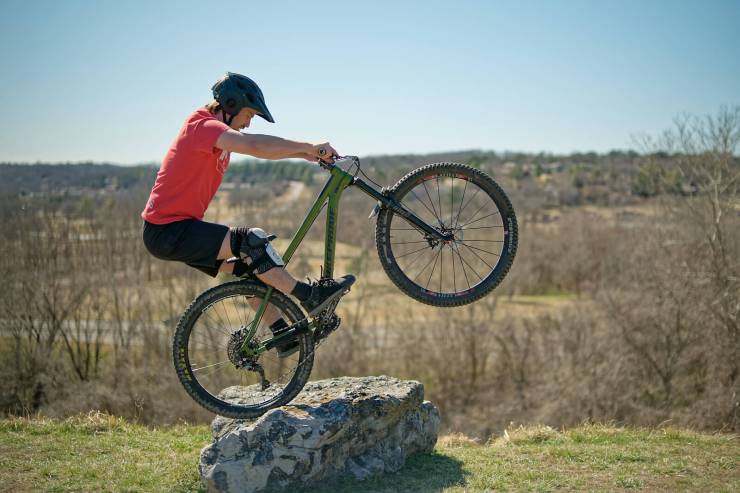
However, it mainly comes down to the JPEG experience. Could I give up shooting RAW and editing for good if I switch from Micro Four Thirds? My experience so far has been that I likely could. You can endlessly customize the film simulations, and it’s easy to get addicted to playing with them. More importantly, the resulting images look great.
Are film simulations a good enough reason to be switching from Micro Four Thirds?
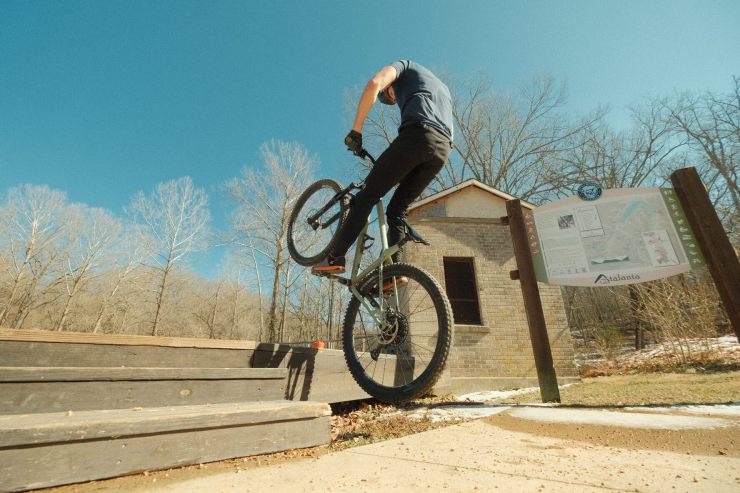
As mentioned in the intro, I shoot a lot of film. I’ve gotten to where I develop and scan everything at home now. My scanning process is dialed into the point that I usually just scan to JPEG and call it a day now. I love scanning my film and being finished with it, aside from maybe cleaning up dust and scratches.
My thought was that shooting JPEG could be the digital equivalent of that. I don’t edit my photos a ton anyway. However, my G9 doesn’t have a ton of customized options for JPEG profiles. I can get good ones, but they don’t quite measure up to Fujifilm’s simulations. That could be a great reason for switching from Micro Four Thirds. It’s also worth mentioning that these simulations can be applied to Fuji RAW files as well if you aren’t quite ready to give them up.
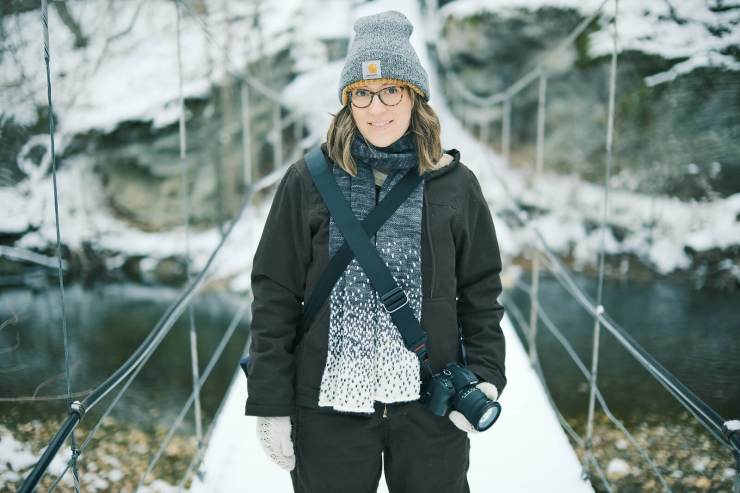
However, in my time so far with the X-T4, I don’t think it’s enough. While the film sims are awesome, they’re still simulations. I can load a roll of film into my Pentax point and shoot and get the real thing in a pocketable package. Sure, it’s more time and effort overall, but I think it’s worth it. Seeing as I never planned to give up film, I don’t think the JPEGs are worth it.
I’m not switching from Micro Four Thirds … yet

Honestly, almost every camera system today is good enough for most people. It really comes down to how several small things add up to make a very personal decision. I am pretty happy with my G9. However, if I switch to anything I think the new OM-1 or GH6 would make more sense. There’s a lot to be said about how much lenses matter in a system. Losing mine to switch to Fuji is a pretty big negative.
Alternatively, switching from Micro Four Thirds back to full-frame cameras brings several pros as well. I do love adapting my film camera lenses to digital, and faffing around with speed boosters has been a big negative with the G9. Even using them, I’m still not getting the original field of view and characteristics of the lenses. However, aside from some unique Canon RF lenses and Tamron lenses, full-frame glass gets big, expensive and heavy in a hurry.
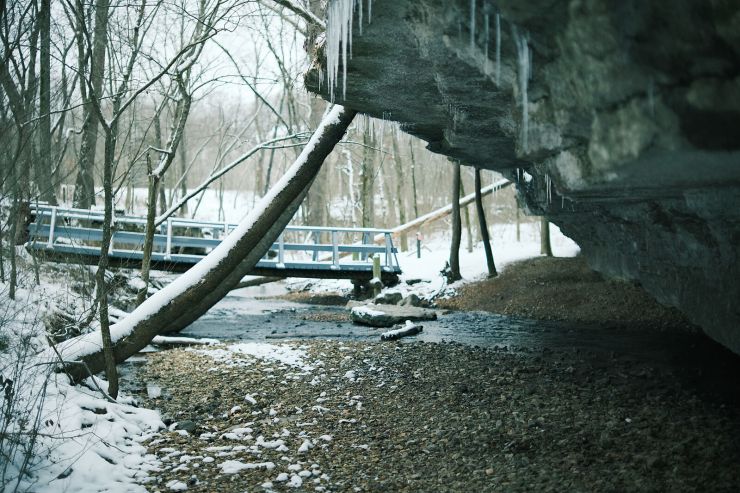
I own several Micro Four Thirds lenses that I absolutely love. The Leica 12-60mm and 50-200mm are chief among them. Being able to hang on to those is a huge plus for Micro Four Thirds. They’re tiny and light, but incredibly versatile all while delivering excellent image quality. The 12-60mm comes with me on almost every bike ride. It’s perfect for keeping my bag light but gives me everything I need.
Beyond that, Micro Four Thirds does everything I need it to. If I want my photos to look like film, I have film cameras I can use. For video, the G9 does so much well. The stabilization of Micro Four Thirds is unmatched in stills and videos. I love that my little 50-200mm gives me a 400mm full-frame equivalent reach. For me, Micro Four Thirds has many more pros than cons.
Final thoughts
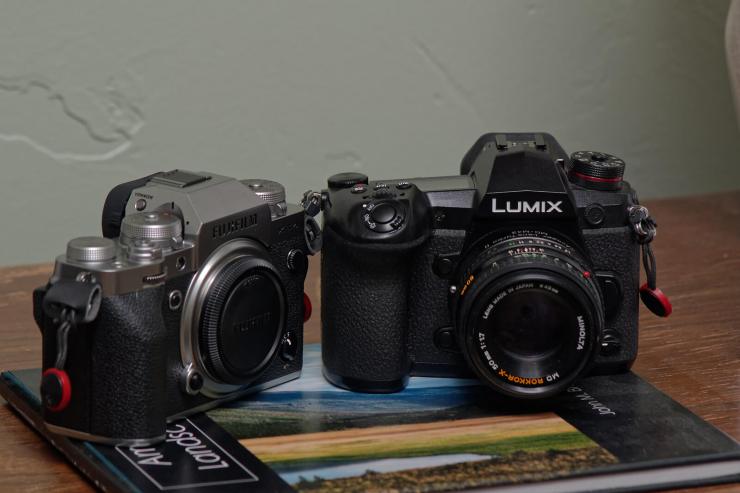
I think what finally convinced me I didn’t have a reason for switching from Micro Four-Thirds was this one thought: When would I take an XT-4 out instead of a film camera? I honestly couldn’t come up with many situations.
For my bike rides, the G9 does fine. Around town, I’m even thrilled with the photos I got from my Pentax IQzoom. Landscapes? I have my RB67 and Yashicamat. Wildlife? Fuji’s 100-400mm is a lot more expensive than Panasonic or OM Systems. It doesn’t reach as far either.
Don’t take me wrong, though. I am loving using the XT-4. I could totally see myself using it over my G9 in a lot of situations if I could afford both. However, with film in the mix, I just don’t see enough use cases where it would win overall. Maybe I’ll win the lotto and grab an XE-4 or X100V in the future. For now, I guess I won’t be switching from Micro Four Thirds.
Tell your story with the second annual Visual Storytelling Conference!
Experience four days of interactive, online training sessions featuring a range of educational content with experienced photographers and content creators. This free event kicks off with a series of technical boot camps to build essential skills, followed by live, online sessions on photography, video, business and social media. Join live from March 10-13, 2022!
